Motorcyclists carrying a pillion passenger won’t have any legal specific instructions about it, apart from a few common sense ones. These common-sense practices include having the pillion wear a helmet, ride on a proper seat facing forward, both feet on footrests, and so on.
Apart from these few guidelines, every rider and passenger has a different experience with riding together. A few tactics are common for everyone and we’ll discuss each one.
Things you should know as a rider
The rider is the one that will hold the most experience with regard to both riding and the vehicle itself. A little research will help us understand certain things better too, so here’s what to consider.
Can the bike hold another person?
As a solid rule to go by a bike’s maximum carrying capacity should not be exceeded. You should also make sure it has the proper parts to hold a pillion passenger, like extra space on the seat and footrests.
Know your bike
This one sounds a little vague I know, but it’s really quite simple. If you’re a brand new rider with a new bike you’ve not used by yourself, it may be wise to use it for a while alone.
See how it responds to acceleration, how fast the brakes take hold, how you turn, and how the gears shift. All this will be different with a pillion passenger in the back.
Know your pillion
As the rider you need to communicate with your passenger before your first ride and see how much experience they have, if at all. With no experience, it will be up to you to tell them a few basics.
Establish a few signals with your pillion so that they know when you’ll speed up. Slowing down is easier because a pillion will not have where to go but forward where the rider is. Typically people use a double tap to signal whether they need to stop or speed up.
As a rider, you’ll need to tap the pillions leg, and as a passenger, it’s the shoulder or chest. It’s usually safer to tap the chest so that you don’t get tangled or unbalance the bike.
Take note of what the passenger is wearing and make sure it doesn’t cover the light in the back. Also, make sure the passenger wears nothing that can get caught in the wheel or chain like shoelaces.
What you need to know as the pillion passenger
The passenger is in a position to actually do something as well, even if you don’t have control of the vehicle. Even if you’ve been a passenger on a bike before, a new rider will have a different bike or driving style.
Some of the same principles apply to everyone. But individual confidence as a passenger will differ and you’ll need to sync with your rider.
Remember what parts of the bike will get hot. This isn’t the case for all bikes, just ones that have a large exhaust pipe on the side of the bike. This pipe is close to the part where the passenger sits and can pose a risk of burning if touched.
Stay as close as possible to the rider without crowding and hold on to them without squeezing for dear life. Your rider still needs to breathe.
Don’t take your feet off the footrests, even when stopped because it will unbalance the bike. If your feet are tired and you want to move them a little, tell the rider before, so they can brace the bike.
Probably the most important thing a pillion needs to do is to lean with the rider when they do. This is harder to do in the beginning if you’ve never been a passenger before.
A neat trick to help with this is if you know where the bike is headed, look at the destination. Like say follow the roundabout with your eyes and look at the exit, just remember to look ahead and not down or you could get a little dizzy.
Communication
A lot of things will make communication harder between rider and passenger. The noisy bike, traffic and wind all factor into making any scream inaudible. So have a clear communication system in place before beginning. Tapping hands is usually the way to go but there’s also a better way.
Use a headset mounted on the helmets to communicate all the way through the ride. It’s the best way to communicate between rider and passenger, especially with a beginner.
Holding on
It’s harder for the passenger to hold on to the rider the whole time, and hands will get tired. There’s a perfect tool for this and it has helped many new passengers: grab handles.
They usually go on the rider and offer a better grip for the passenger. It’s been a most useful tool for many passengers, just remember to bring it with you.
In conclusion
Safety is important when riding, so keep in mind how the bike will react with another person on board. Make necessary adjustments, communicate before, and during if you can, and have fun.
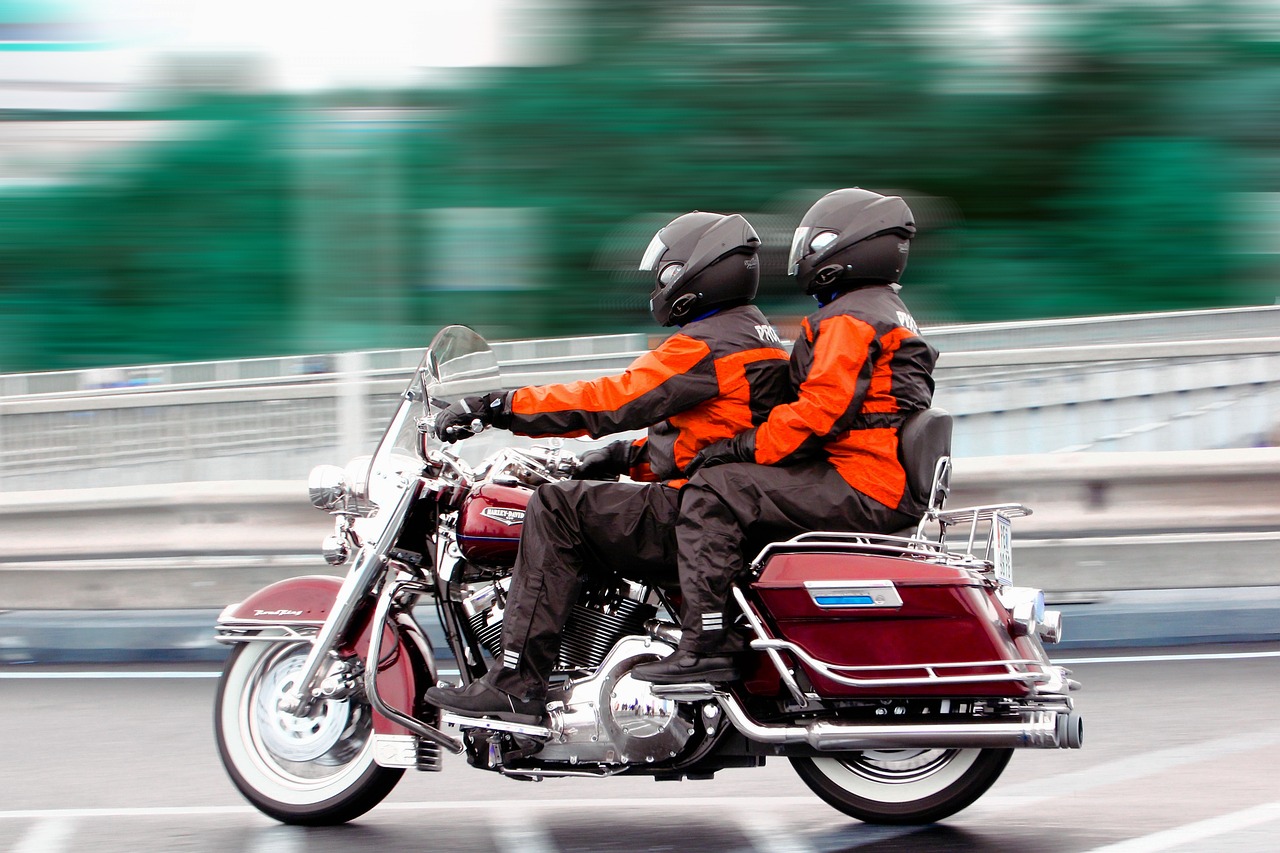
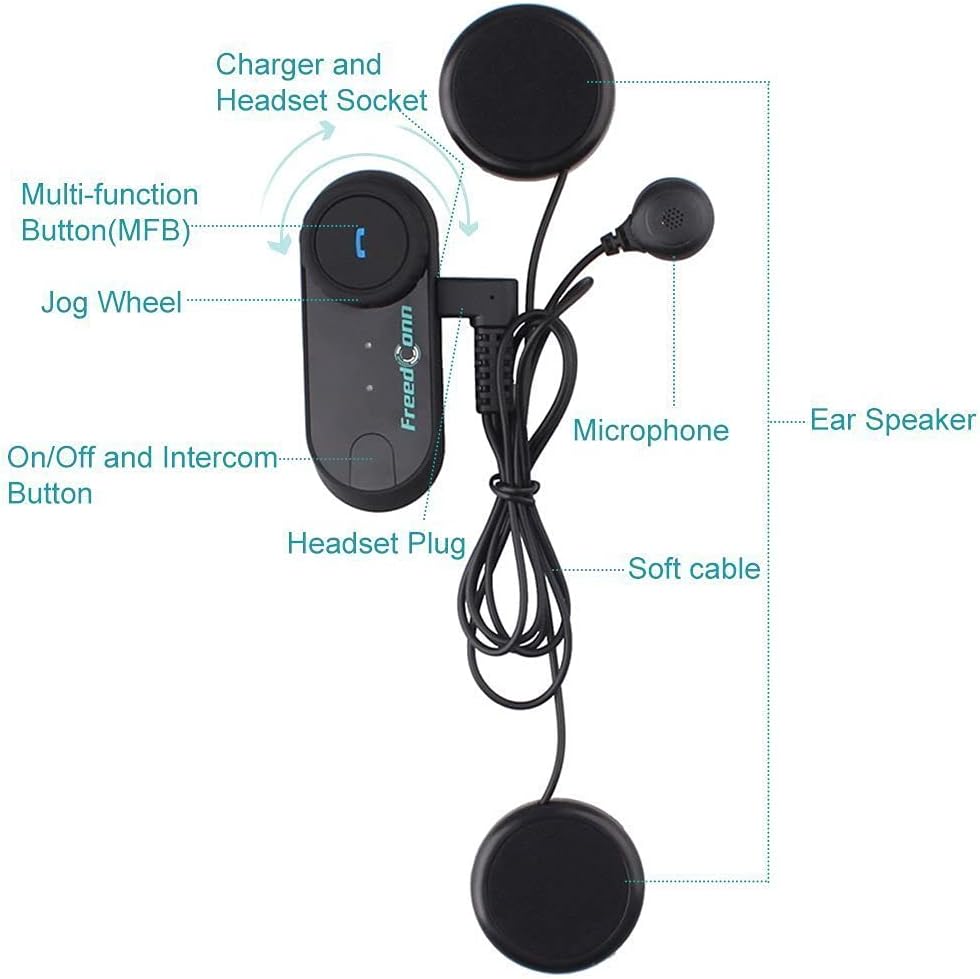
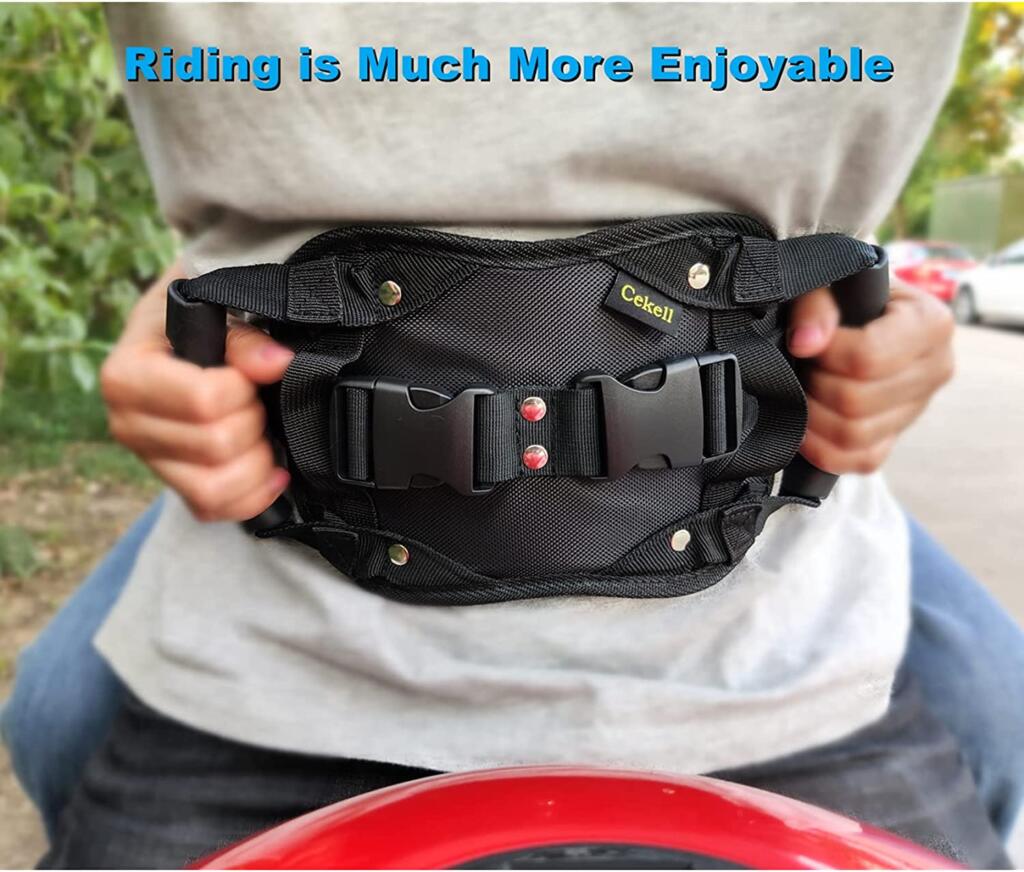
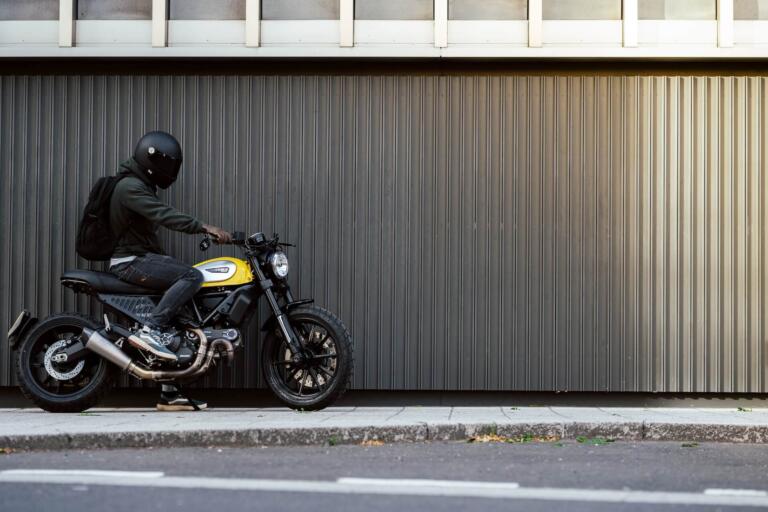
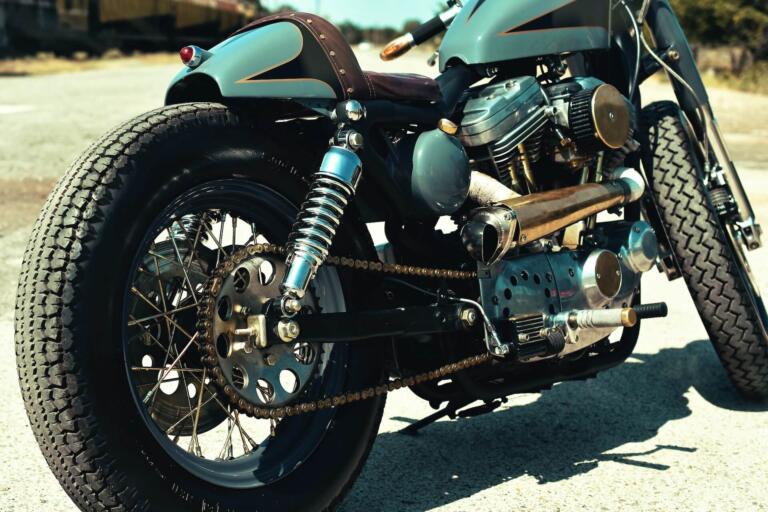
Leave a Comment